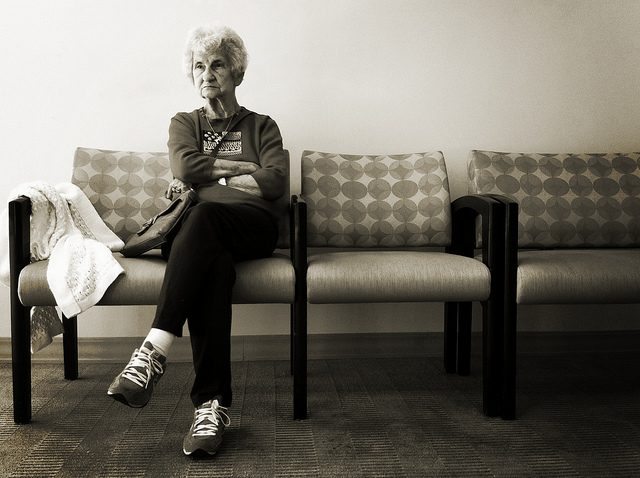Women are more likely than men to face poverty after age 65, according to two Brookings Institute reseachers.
Benjamin H. Harris and Aurite Werman found that women who were never married are more likely to live below the poverty line after retirement than women who are widowed or divorced.
They also found that 21 percent of never-married women over the age of 65 live below the poverty line. Meanwhile, only 5 percent of married women over the age of 65 live below the poverty line.
Brookings explains the results of their study:
Social mobility is often thought of as a challenge facing children and working-age adults, but sharp drops in income are a real threat for millions of elderly Americans. Widowhood and divorce are often the culprits behind this downward intragenerational mobility—especially for women. The 2012 elderly poverty rate for widowed and divorced women was nearly three times that for married women and the elderly poverty rate for divorced women stood at nearly twice that for divorced men.
Two facts help to explain this risk: men earn more, but women live longer. Higher lifetime wages for men, and the associated retirement assets and benefits, mean that divorce is more of a poverty risk factor for women than for men. Longer life expectancy can also disproportionately impact women who spend down family assets to care for a sick husband or who find their household retirement benefits cut when their spouse dies.
Declining marriage rates have of course reduced the risk of widowhood or divorce, but also reduced women’s access to benefits in the first place. More women are entering retirement without any claim on their spouses’ Social Security benefits—marriages must last ten years for a spouse to qualify. Between 1990 and 2009, the share of 50–59 year old women who were never married for more than a decade more than doubled from 7.5 percent to 16.2 percent. Among African-American women, the share skyrocketed from 13.4 percent to 33.9 percent.
What can be done to improve the situation? Brookings explains:
Public policies can help. A start would be to provide caregivers with Social Security credit and allow them to make contributions to IRAs. Establishing better access to retirement saving accounts, through mechanisms like the Auto IRA, would also help boost saving for the millions of American women without access to employer-based accounts. And policies to encourage a stronger annuity market could help to offset the pain of reductions in the prevalence of defined-benefit plans. Otherwise too many American women will continue to be at risk of falling down the income ladder in the final years of their life.
You can read the entire report on women and retirement security by following this link.




